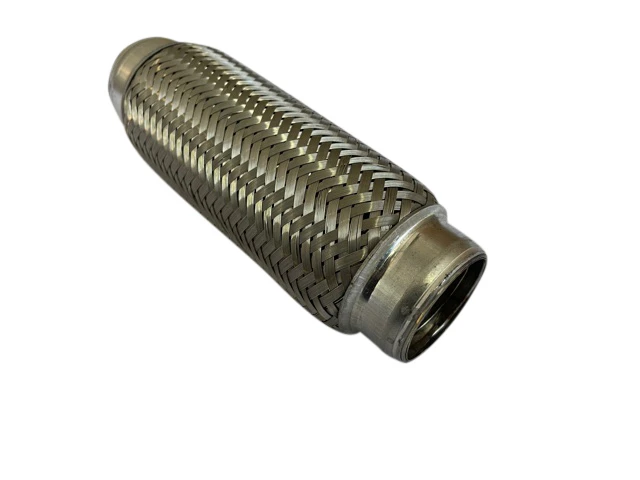Uncategorized
Flexi Pipe Repairs | Everything you need to know
Your vehicle’s flex pipe plays a crucial role in the exhaust system, acting as a connector between the engine and the exhaust, and guiding toxic fumes away from combustible parts. Unfortunately, like all mechanical components, it can become damaged over time.
If you suspect your flex pipe is in need of repair, it’s important to address the issue as soon as possible. But, you may be wondering, just how much will this repair cost me? And what should I expect when bringing my vehicle to the shop?
It’s important to keep in mind that a damaged flexi pipe can lead to other problems such as reduced power, reduced fuel efficiency, and even smoke coming out of the exhaust. So, don’t delay in getting your flexi pipe repaired. A professional mechanic is always the best option for this kind of repair, as it requires specialized tools and knowledge to fix it properly.
Causes of Flex Pipe Damage
Corrosion
Flex pipes are typically made from steel or stainless steel, which can rust over time. This can lead to holes and leaks in the pipe.
Wear and Tear
As mentioned, flex pipes are designed to absorb vibrations, but over time, these vibrations can cause wear and tear on the pipe. This can lead to cracking and eventually failure.
Heat
The exhaust system is exposed to high temperatures, which can cause the flexi pipe to warp or even melt.
Symptoms of a damaged flexi pipe
- Loud noise
- Reduced power
- Reduced fuel efficiency
- Hanging pipe under your vehicle
- Smoke
Cost of repair
The cost of a flexi pipe repair can vary depending on the make and model of your vehicle, as well as the extent of the damage. A patch job or welding may be a more cost-effective solution than a full replacement. But, generally, you can expect to pay anywhere from a couple of hundred dollars to over a thousand dollars, depending on the severity of the damage and the cost of parts.
Flex Pipe Repairs
Replace the flex pipe
If the flex pipe is badly damaged, the best solution is to replace it with a new one. This is typically the most expensive option but it guarantees a long-lasting repair.
Patch the flexi pipe
If the damage is not too extensive, a patch can be applied to the flex pipe. This is a less expensive option for the flex pipe repair, but it may not be as long-lasting as a full replacement.
Weld the flexi pipe
If the damage is localized and the pipe is not too corroded, a welder can repair the flex pipe. This is a good option if you want to keep your original flex pipe.
Clamp-on flexi pipe repair
Another option is to install a clamp-on flex pipe repair kit, which is relatively easy to install and can be a good temporary solution.
Conclusion
Flexi pipes are an important component in a vehicle’s exhaust system, and understanding the causes of flexi pipe damage and how to properly repair them is essential for maintaining the health of your vehicle. Keep an eye on the symptoms of a damaged flexi pipe and address them as soon as possible to prevent more serious problems from occurring. If you’re unsure about how to fix your flexi pipe, it’s best to take your car to a professional mechanic.








